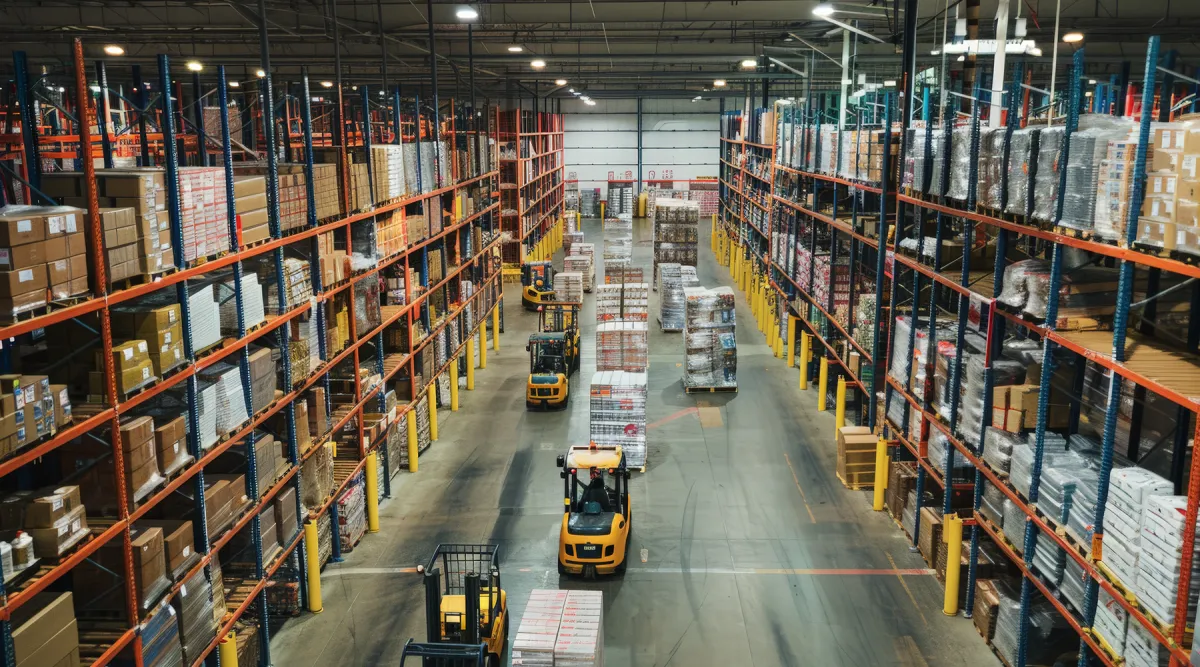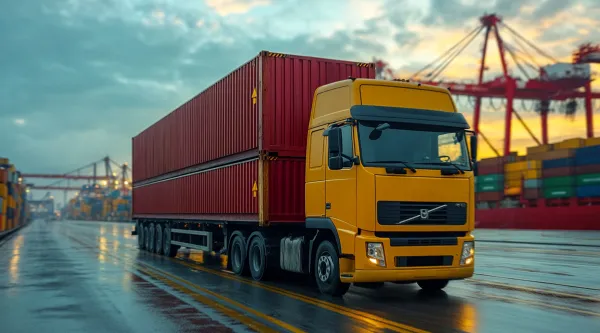How the Evolution of Automated Storage Systems will Transform Logistics in KSA and UAE?
The adoption of ASRS in KSA and UAE is reshaping logistics by optimizing storage, reducing labor costs, and boosting operational efficiency. Learn how automation is driving the future of warehousing and supply chain management.

The logistics sector in KSA and UAE is rapidly evolving, driven by the need for greater operational efficiency, cost savings, and the ability to meet the demands of the fast-growing market. One of the key technologies propelling this transformation is Automated Storage and Retrieval Systems (ASRS).
ASRS technology enables businesses to optimize storage, improve order accuracy, and reduce labour costs. This article explores the growing adoption of ASRS in KSA and UAE, its strategic advantages, and its potential to revolutionize logistics.
From Cost Centre to Competitive Advantage with ASRS
- ASRS offers several compelling advantages for businesses operating in competitive markets like KSA and UAE. By maximizing storage capacity, reducing human error, and streamlining inventory management, ASRS helps companies achieve higher operational efficiency.
- Ken's research highlights that businesses implementing ASRS can see a 25% reduction in operational costs and improve order fulfilment times by 20%.
- Moreover, ASRS allows companies to leverage vertical storage, which is particularly beneficial in regions where real estate is at a premium, like the UAE. This maximizes storage capacity, enabling businesses to store more in less space and reducing the need for additional warehouse expansion.
- This aligns with sustainability goals in the UAE and KSA, where companies are increasingly focusing on reducing their environmental footprint. By optimizing processes, reducing waste, and improving energy efficiency.
One of the standout benefits of ASRS is its contribution to sustainability. Traditional manual systems often result in significant energy consumption, but ASRS can reduce energy use by up to 20%.

Sector-Specific Applications of ASRS
- ASRS is being widely adopted across various sectors in KSA and UAE, each benefiting from its unique advantages from e-commerce to pharmaceutical and manufacturers.
- The e-commerce market in the UAE is expected to grow at an 18.8% CAGR from 2024 to 2030. As demand for fast and accurate deliveries increases, companies like Amazon and Noon are turning to ASRS to handle rising volumes efficiently. ASRS ensures rapid order picking and reduces human error, ultimately improving fulfillment speed and accuracy.
- In the pharmaceutical sector, ASRS plays a crucial role in ensuring medical products' safe, compliant, and efficient storage. In the UAE, where regulations are strict, ASRS minimizes stock management errors, reducing stockout risks and ensuring precise inventory control.
- In KSA, manufacturers are increasingly adopting ASRS to streamline their material handling and inventory management. Approximately 77% of retailers plan to leverage real-time inventory visibility by 2025, enabled by automation, sensors, and analytics.
The Next Phase of ASRS Adoption
- The warehouse automation market will grow to USD 56 billion by 2030, largely driven by advances in AI, robotics, and machine learning, all of which are set to optimize the capabilities of ASRS further.
- For businesses in KSA and UAE, adopting ASRS early on will be crucial for gaining a competitive edge. As more companies in the region understand the value of automation, those who are slow to adopt may face increasing pressure to catch up.
What Lies Ahead?
ASRS is revolutionizing the logistics landscape in KSA and UAE by helping businesses reduce costs, enhance operational efficiency, and meet rising market demands. Strategic adoption of this technology will not only provide immediate benefits but also position companies for long-term success in an increasingly competitive environment.
By leveraging ASRS and other emerging technologies, businesses will stay ahead of the curve but also contribute to the sustainability goals that are becoming a cornerstone of the region’s future growth.


